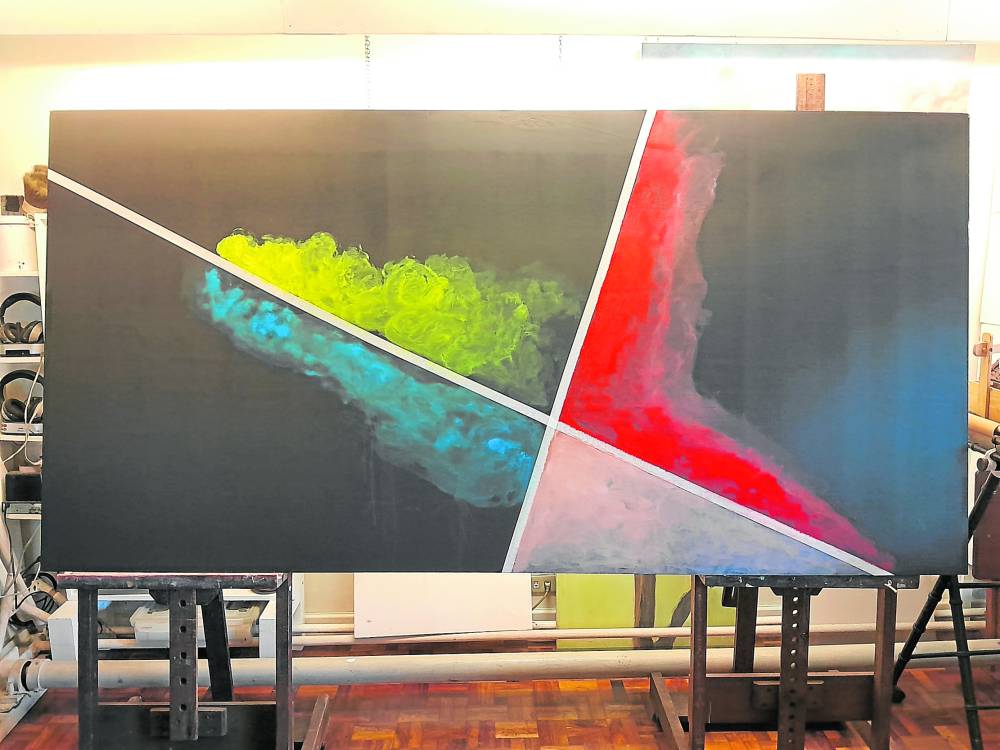Regular intake of Brassica juncea (mustard green) leaf decoction—an adjunct in the treatment of type 2 diabetes among Filipinos—could help decrease fasting blood sugar.
This was revealed by a group of medical students at the University of the East Ramon Magsaysay Memorial Medical Center (UERMMC) who conducted a small study with 24 participants between ages 40-59 living in Taytay, Rizal.
All 24 had been diagnosed with type 2 diabetes for at least a year and were taking only metformin 500 mg/day as maintenance. The controlled and treatment group study was conducted over an eight-week period.
“Although mustard green, taken as adjunct, was able to produce a statistically significant decrease in fasting blood sugar compared to those taking metformin alone, the study did not include analysis of phytochemical properties of Brassica juncea or established concentration of decoction needed to obtain positive results,” said Monica Coralde, fourth-year student at UERMMC.
Around 425 million adults in the world are living with diabetes, with 352 million more at risk of developing type 2 diabetes, Coralde said.
In 2017 alone, the Philippines had 3,721,900 cases of diabetes.
Diabetes is the fifth leading cause of death in the country.
Widely available
Brassica juncea is a widely known and available plant used as an oil source and green vegetable with multiple medicinal potentials. Coralde said daily intake of 1.5 g for Brassica juncea decoction for two weeks as an adjunct was able to decrease blood-sugar levels compared to those taking metformin alone. Levels dropped from baseline 8.32 to 6.10.
Another set of students conducted a study on the effect of ashitaba (Angelica keiskei) as an antidiabetic adjuvant to regular diabetes maintenance among type 2 diabetic Filipino patients. The randomized single-blind and placebo-controlled clinical trial was conducted over a two-week period. Fasting blood sugar was measured and compared before and after the study period.
The students came to a conclusion that daily administration of 1.5 g ashitaba for two weeks did not exhibit any significant glucose-lowering effects on the fasting blood sugar of type 2 diabetic patients, with a mere difference of -0.5250 in fasting blood sugar levels.
“Given the design, the method used and results of the studies, can ashitaba or mustard green be recommended for clinical use as blood sugar lowering agents? Mustard green seems promising,” Dr. Cecilia C. Maramba-Lazarte, director of the Institute of Herbal Medicine.
Modern medicine has been using plants for a long time now, Lazarte said. Metformin, for example, comes from plant French lilac, artemether from qinghaosu, sodium cromoglycate from khellin/khella.
Herbal products
Lazarte said there are three types of herbal products in the Philippines—herbal food supplements, traditionally used herbal products, and herbal medicines.
Herbal food supplements need only evidence of safety to be approved, and bears the label “No approved therapeutic claims.”
Traditionally used herbal products are based only on usage of more than five decades as documented in medical, historical, and ethnological literature. These are labeled “traditional application/use has not been evaluated by the Philippine FDA.”
Herbal medicines come with therapeutic claims, and have undergone preclinical safety and activity studies, studies similar to synthetic drugs, Lazarte said.
“Lagundi, for example, was named for the treatment of cough by 70 percent of albularyos although it still needs to be validated by preclinical and clinical studies,” Lazarte said.
The popular ampalaya tablet is set for reformulation this year when adverse effects such as nausea, gastric pain, headache, dizziness, vomiting, and rashes were reported, Lazarte said.
“Herbal products are not standardized, so some may be adulterated with steroids, sildenafil, heavy metals, or ephedrine. We also do not know what parts of the plants are used, the variety of plant and the source of the plant,” she said.
Lazarte added that mustard green needs a large sample size, and its safety needs to be studied both in vivo and in human trials. There must be chronic toxicity tests, safety pharmacology mutagenicity, carcinogenicity, heavy-metal determination, and formulation stability must be established.








































